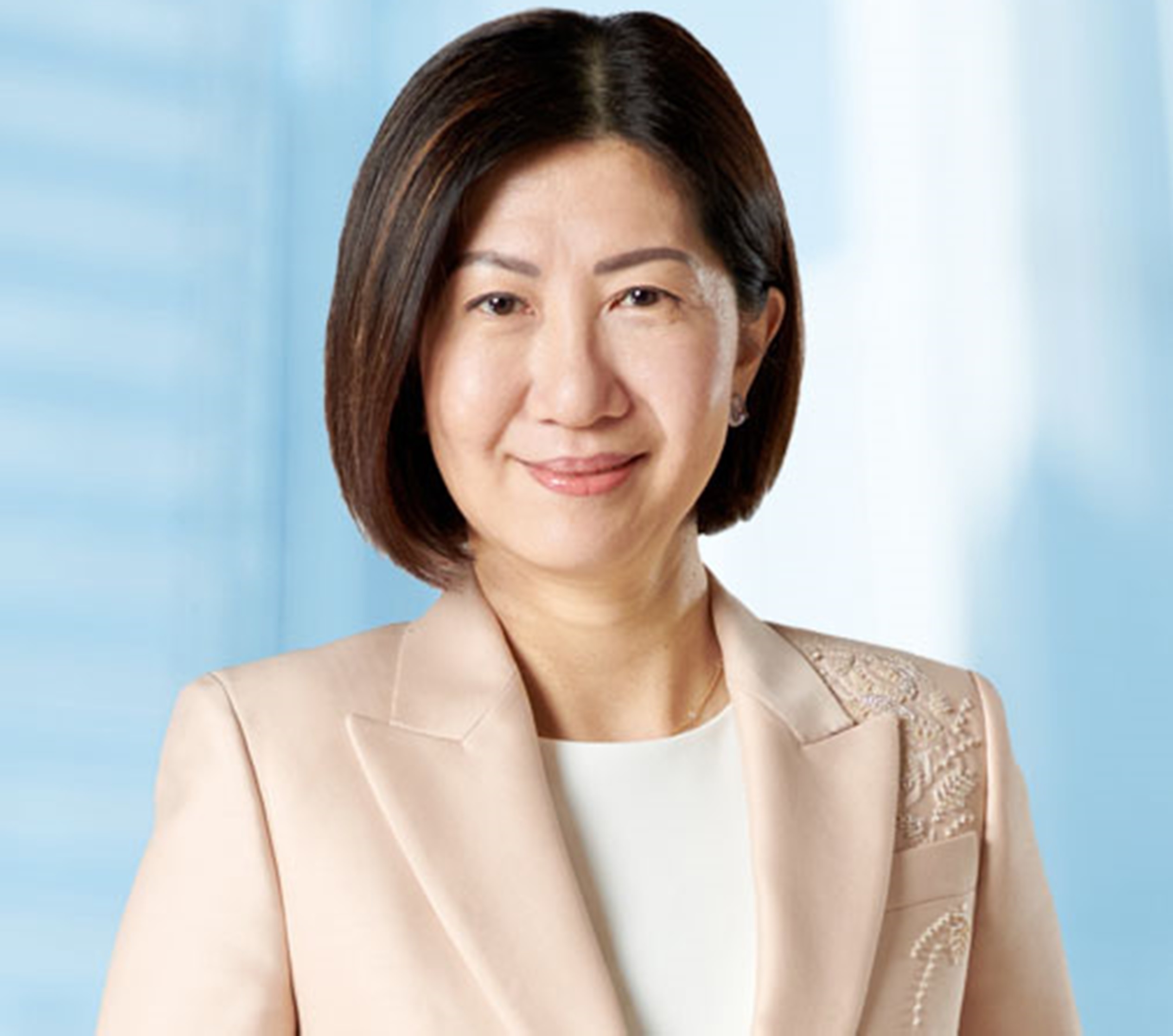Beneficial owners reveal sec lending trends
PARTICIPANTS:
- Alastair O’Dell, editor, Global Investor/ISF
- Naomi Heatley, DC product manager USS Investment Management
- Matthew Chessum, investment dealer, Aberdeen Asset Management
- Fuad Ahmed, investment management executive, Phoenix Group
- John Arnesen, global head of agency lending, BNP Paribas Securities Services
- Don D’Eramo, managing director, head securities finance, RBC I&TS
- Stephen Kiely, head of new business development, securities finance, EMEA, BNY Mellon
- Nancy Allen, director, DataLend Product Owner
Is the trend from active to passive management affecting securities lending? Is it causing active managers to relax their parameters?
Heatley: The
thing about moving from active to passive is that the hunt for yield becomes
more intense. Passive managers will typically lend – it provides a lot of their
added edge.
Kiely: That’s an
excellent point – it’s how they beat their benchmark. By their nature,
passive-index programmes have fewer opportunities to lend deep specials.
However, because they provide greater stability of supply, this obviously lends
itself to the era of term financing that we are moving into. Passive funds
particularly help in markets with high holdbacks or big buffers as – unless
there’s a huge redemption or rebalancing in the index – they can lend more
stock.
Heatley: Some
large passive houses see it as such a high value activity that they conduct
lending themselves, which introduces different challenges around operations and
execution. How pragmatic they are in hugging the benchmark – do they rebalance
today or another day, fully or partially?
Chessum: There’s
a fundamental difference in mind-set. Passive managers, in my experience, love
it. They are typically more open to any extra revenue they can add in a risk
adverse way. Passive funds mostly trade at their specific valuation points.
When you have a big rebalancing – especially in emerging or stickier markets –
stock lending really lives up to the old adage of adding liquidity.
D’Eramo: The
long-term investment style of a passive manager is very conducive to lending,
especially for term trades. Value investors also hold big positions for a
period of time based on fundamentals. For either, why not add a securities
lending revenue stream?
What trends are you
seeing in demand on the borrower’s side?
Kiely: Term, term
and term. It is the big thing. Borrowers are also becoming more
counterpart-sensitive, in terms of netting arrangements with certain
jurisdictions and capital requirements for trading with certain types of
beneficial owners. Borrowers are also engaging more, in terms of who they are
borrowing from. If beneficial owners accept margin provided by way of a pledge
rather than a transfer, there’ll be greater demand.
Arnesen: In fixed
income, it is all about high quality liquid assets (HQLA). We are 100% lent in
certain cases. Utilisation – in this case, not a bad thing – is the highest it
has ever been. US Treasuries are as attractive as any asset class. US money
market reform in October for floating NAV funds will be a challenge – but the
spreads to government money market funds will be high so there is an
opportunity. Returns in Asia blow away other regions, although volume is
modest. However, in Asia you have to do your own homework, as there is no real
pan-Asian forum.
Allen: I agree term and collateral are the two biggest trends. We have also seen increased demand in Asian markets where the return to lendable, when compared to the rest of the world, is significantly higher. Securities lending revenue generated by Asian markets rose from approximately $1bn in 2014 to $1.4bn in 2015.
Average
fees across Asia were 97bps over the previous 12 months compared to 38bps in
North America and 33bps in EMEA. In South Korea, average fees rose from 258bps
to 357bps over the previous 12 months and from 150bps to over 200bps in Taiwan
over the same period. The industry will be watching Asia closely to see how the
market continues to evolve with a close eye on the sleeping giants of China and
India.
Chessum: We’re
seeing more specials and we’re seeing them last much longer. Commodity specials
understandably seem to be lasting forever, which is really lifting our
revenues.
D’Eramo: We
definitely see non-cash collateral continuing to grow – the obvious driver is
regulation around term trades and HQLA. There is continuously growing demand
for the ability to do term. HQLA continues to be a very, very strong driver,
whether for European or North American sovereigns. The other trend is around
corporate actions. If there is an optionality element to the trade – the
ability to get transparency into our engagement with the clients on certain
optionality trades is a growing theme.
Does running a GC
programme still make sense?
Kiely: GC has an
important function. It oils the wheels of the machine. When lending was at its
lowest ebb 18 months after the Lehman default there were definitely more failed
trades and they failed for longer. The machine started to grind because
liquidity was draining out of the system. It provides unseen aid that is often
unappreciated.
Allen: GC plays a
huge role in the US, and over the last two years it has trailed off only
marginally. Currently, 81% of the US market is under 20bps, and in EMEA, more
than 65% of trades are at that level. In Asia, there is a smaller percentage of
trades under 20bps, while the mid-tier range of 20bps to 50bps is expanding.
Arnesen: If you
want our HQLA, you are going to have to look at our GC. However, I shy away
when the fee is modest and the collateral disadvantageous. I want our clients
to have a positive experience. You have to service volume – there are corporate
actions, marking to market and other considerations.
Chessum: GC will
always exist and those with the widest parameters will make money out of it.
Fund managers need it to shorten settlement dates when they’ve got redemptions.
For passive managers it definitely makes sense.
D’Eramo: We can’t
lose sight of the fact that GC it is a large source of liquidity for the market
in general. It is also important for clients. the vast majority of which do not
want to be an intrinsic value lender and just want to be able to improve where
they can within GC. GC will continue to make sense – the discussions here are
really around pricing and ensuring that the economics are aligned.
Found this useful?
Take a complimentary trial of the FOW Marketing Intelligence Platform – the comprehensive source of news and analysis across the buy- and sell- side.
Gain access to:
- A single source of in-depth news, insight and analysis across Asset Management, Securities Finance, Custody, Fund Services and Derivatives
- Our interactive database, optimized to enable you to summarise data and build graphs outlining market activity
- Exclusive whitepapers, supplements and industry analysis curated and published by Futures & Options World
- Breaking news, daily and weekly alerts on the markets most relevant to you




